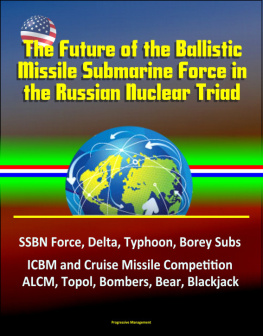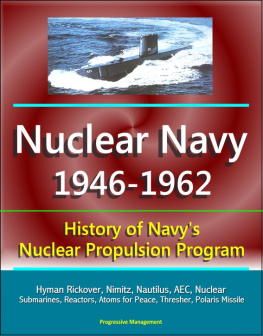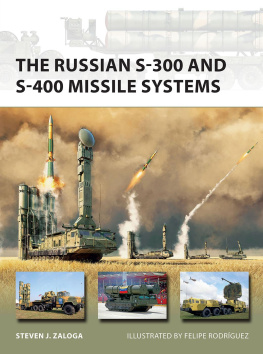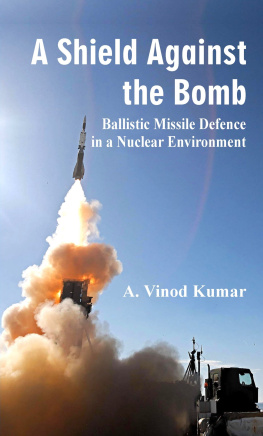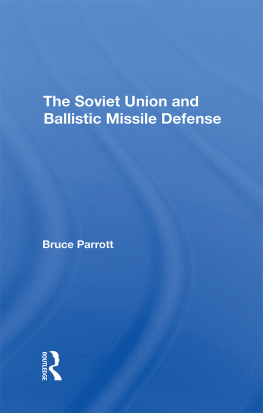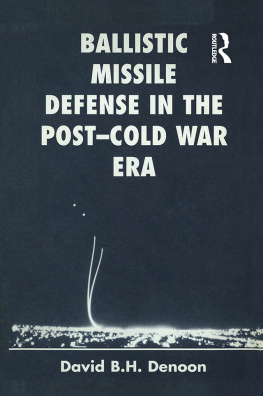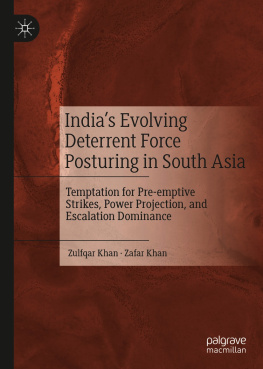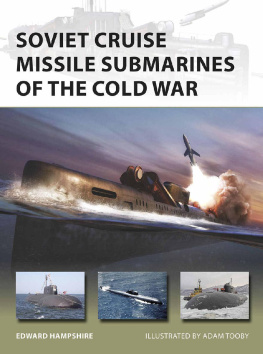Progressive Management - The Future of the Ballistic Missile Submarine Force in the Russian Nuclear Triad: SSBN Force, Delta, Typhoon, Borey Subs, ICBM and Cruise Missile Competition, ALCM, Topol, Bombers, Bear, Blackjack
Here you can read online Progressive Management - The Future of the Ballistic Missile Submarine Force in the Russian Nuclear Triad: SSBN Force, Delta, Typhoon, Borey Subs, ICBM and Cruise Missile Competition, ALCM, Topol, Bombers, Bear, Blackjack full text of the book (entire story) in english for free. Download pdf and epub, get meaning, cover and reviews about this ebook. year: 2016, publisher: Progressive Management, genre: Politics. Description of the work, (preface) as well as reviews are available. Best literature library LitArk.com created for fans of good reading and offers a wide selection of genres:
Romance novel
Science fiction
Adventure
Detective
Science
History
Home and family
Prose
Art
Politics
Computer
Non-fiction
Religion
Business
Children
Humor
Choose a favorite category and find really read worthwhile books. Enjoy immersion in the world of imagination, feel the emotions of the characters or learn something new for yourself, make an fascinating discovery.
- Book:The Future of the Ballistic Missile Submarine Force in the Russian Nuclear Triad: SSBN Force, Delta, Typhoon, Borey Subs, ICBM and Cruise Missile Competition, ALCM, Topol, Bombers, Bear, Blackjack
- Author:
- Publisher:Progressive Management
- Genre:
- Year:2016
- Rating:5 / 5
- Favourites:Add to favourites
- Your mark:
The Future of the Ballistic Missile Submarine Force in the Russian Nuclear Triad: SSBN Force, Delta, Typhoon, Borey Subs, ICBM and Cruise Missile Competition, ALCM, Topol, Bombers, Bear, Blackjack: summary, description and annotation
We offer to read an annotation, description, summary or preface (depends on what the author of the book "The Future of the Ballistic Missile Submarine Force in the Russian Nuclear Triad: SSBN Force, Delta, Typhoon, Borey Subs, ICBM and Cruise Missile Competition, ALCM, Topol, Bombers, Bear, Blackjack" wrote himself). If you haven't found the necessary information about the book — write in the comments, we will try to find it.
Professionally converted for accurate flowing-text e-book format reproduction, this unique study analyzes the current status of the Russian Federation's ballistic missile submarine force. It reviews the history of the ballistic missile submarine force, its current status, and the implementation of plans currently in progress and as well as the advantages and disadvantages of maintaining a ballistic missile submarine force. This thesis also assesses the other two legs of the nuclear triad - the intercontinental ballistic missiles (ICBMs) and long range bomber aircraft. The status of these two forces and their operational advantages and disadvantages are compared with those of the ballistic missile submarine force. Also examined are the financial and political factors that may affect the prospects of the ballistic missile submarine force. This includes arms control treaties that may affect the force structure. Current and prospective energy prices suggest that the economy of the Russian Federation will be able to provide long term financing for the ballistic missile submarine force and Moscow's other strategic nuclear forces. This thesis concludes that the ballistic missile submarine force is a vital part of the Russian Federation's nuclear triad and will probably be maintained over the next 15 years and beyond.
CHAPTER I * INTRODUCTION * A. INTRODUCTION * B. MAJOR QUESTIONS AND ARGUMENTS * C. METHODOLOGY AND SOURCES. * CHAPTER II * THE BALLISTIC MISSILE SUBMARINE FORCE * A. HISTORY OF THE SSBN FORCE * B. CURRENT STATUS OF THE RUSSIAN SSBN FORCE * 1. Service Life of Submarines * 2. Project 667BDR (Delta III) Class Submarines * 3. Project 667BDRM (Delta IV) Class Submarines * 4. Project 941 (Typhoon) Class Submarines * 5. Project 955 (Borey) Class Submarines * C. CURRENT PATH OF THE RUSSIAN SSBN FORCE * D. ADVANTAGES AND DISADVANTAGES OF BALLISTIC MISSILE SUBMARINES * 1. Advantages * 2. Disadvantages * CHAPTER III * THE COMPETITION * A. ICBMs * 1. Current Status * a. SS-18 (Satan) * b. SS-19 (Stiletto) * c. SS-25 (Topol) * d. SS-27 (Topol-M) * e. RS-24 * 2. Advantages and Disadvantages of ICBM * B. ALCM * 1. Current Status * a. Tu-95 (Bear) * b. Tu-160 (Blackjack) * 2. Advantages and Disadvantages of ALCM * C. SEA-LAUNCHED CRUISE MISSILES * CHAPTER IV * FINANCIAL AND POLITICAL FACTORS * A. POLITICAL FACTORS * 1. Policies and Reform * 2. U.S. & Russian Nuclear Arms Treaties * B. FINANCIAL FACTORS * 1. Defense Budget * 2. Financial Impediments * 3. Financial Security * CHAPTER V
The purpose of this thesis is to analyze factors that may shape the future of Russia's nuclear ballistic missile submarine (SSBN) force. The objective is to reach informed judgments as to whether and to what extent the SSBN force will be able to survive in Russia in light of budget constraints, evolving political and strategic priorities, and competition from bomber aircraft and land-based missiles. One of the key issues is to what extent maintaining ballistic missile submarine capabilities is beneficial to the Russian Federation (RF). Will Russian decision makers abandon the SSBN force in favor of more reliable and financially affordable assets? This thesis examines the characteristics of the SSBN force, including stealth, command and control, maintenance concerns, survivability, and capabilities, and then analyzes its merits and shortcomings. Operational and deterrence mission competition from land- and air-based platforms is examined to assess their role in the future of Russia's nuclear arsenal. Finally, budgetary competition from the rest of the navy is considered as yet another factor that may affect the prospects of the SSBN force.
Progressive Management: author's other books
Who wrote The Future of the Ballistic Missile Submarine Force in the Russian Nuclear Triad: SSBN Force, Delta, Typhoon, Borey Subs, ICBM and Cruise Missile Competition, ALCM, Topol, Bombers, Bear, Blackjack? Find out the surname, the name of the author of the book and a list of all author's works by series.

